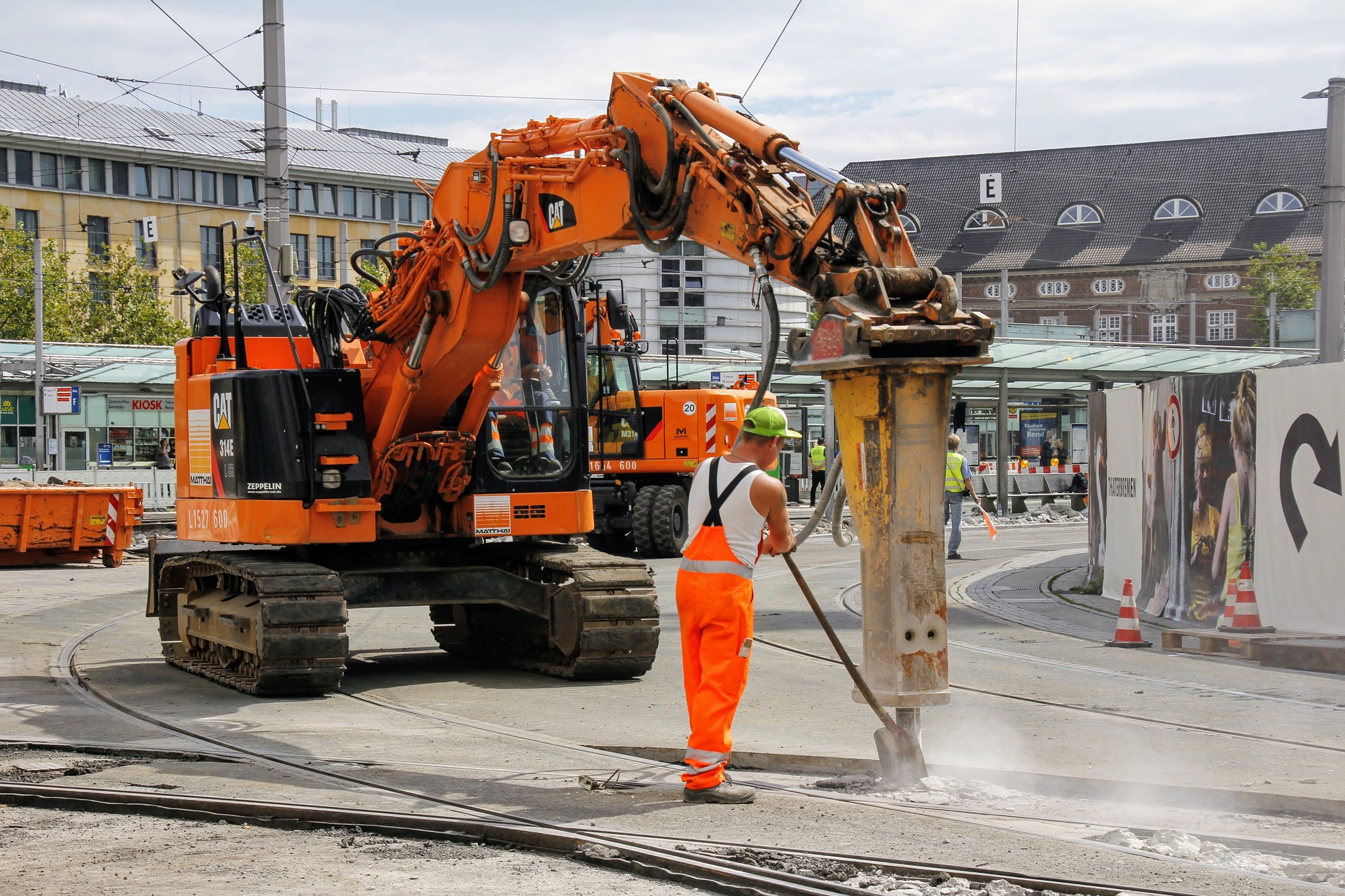Planning-Permission

The current plan led system in England and Wales sets out conditions for development and use of land. New developments and major changes to existing buildings or the environment require planning permission. Some minor developments do not require planning permission as they would have little or no impact on the local environment. These developments are known as permitted development.
It is advisable to contact your local planning authority, if you are unsure on whether your home development counts as permitted development. Don’t forget that you may require Building Regulations approval for permitted home developments.
Your local planning authority is responsible for granting local planning permission. It is normally helpful to informally discuss your development plans with a local planning officer, before moving to the formal application process. These preliminary discussions are free of charge for domestic works and help to establish if planning permission is required and how it can be obtained.
If you have to proceed with the formal planning application process, your local planning authority will supply you with an application form (1APP) and guidance information on how to make the application and the supporting documents required for the application
Assessing the type of application
The lead designer, architect and client consider whether to make an outline planning application or detailed planning application.
The lead consultant co-ordinates advice from the consultant team on the likely need for an environmental impact assessment and advises the client. It is important that this is considered at a very early stage in the project as preparing an environmental impact assessment can take a considerable time and may influence decisions such as site selection. The client may seek a screening decision and/or a scoping study from the local planning authority.
Undertaking a consultation process.
The lead designer consults with the local planning authority (and other appropriate statutory and non-statutory authorities) to determine the preferred form of the application, dates of planning committee meetings, committee procedures, possible planning conditions and possible planning obligations (section 106 agreement), as well as the application of the community infrastructure levy and the requirement to undertake an external consultation process.
The cost consultant (or construction manager if appointed) advises on the cost effects of statutory requirements and other requirements including possible planning conditions and planning obligations (section 106 agreement).
The client considers advice from the lead designer and cost consultant (or construction manager if appointed) and, if necessary, instructs amendments to the design.
The client and lead designer consider the extent and nature of the external consultation process that will be undertaken. The client begins an external consultation process with assistance from the consultant team.
The client considers the results of the consultation process and instructs further revisions to the design if required.
Preparing a planning application.
The lead designer co-ordinates the preparation of a draft planning application and issues it to the client for consideration. The cost consultant (or construction manager if appointed) advises the client about any abnormal costs arising from the draft planning application.
The client considers the draft planning application and, if necessary, instructs the lead consultant to arrange a value management exercise.
Submitting a planning application.
The client submits (or instructs the lead designer to submit) the planning application, including the planning fee.
The client (or lead designer) consults with the local planning authority on the progress of the application and likely planning conditions and planning obligations (section 106 agreement). If necessary, the client and lead designer respond to questions from the local planning authority and make representations to the planning committee.
On receipt of a decision (or recommendation in the planning officers‘ report) the client, lead designer and construction manager (if appointed) consider the planning conditions and planning obligations (section 106 agreement) that have been, or are likely to be, imposed and, if necessary, instructs the lead consultant to revise the application. If required, the client re-submits (or instructs the lead designer) to re-submit the outline or detailed planning application.
If necessary, on receipt of the decision the client lodges a planning appeal.
